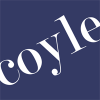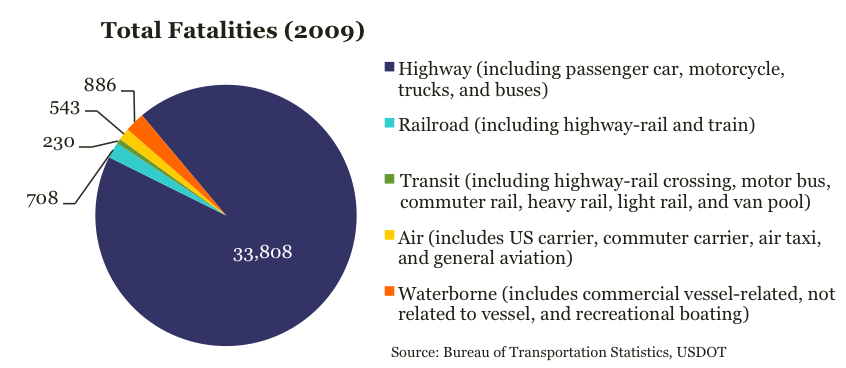In the wake of the Costa Concordia disaster, many travelers are most likely asking themselves, “How safe are cruise ships really?” and maybe “What would have happened if that occurred on the last cruise I took?”
The images and interviews are palpable. The idea that anyone could lose his or her life on a vacation adds an element of disbelief to what we already accept as a tragedy. The natural inclination of course is to make sure this never happens again, as investigators sift through evidence, which will eventually assign blame.
As events of the investigation take their course, let’s examine some facts. The first being that cruising, by comparison to any other form of travel is extremely safe. Despite the most recent accident, cruising remains one of the safest ways of travel among all types of vacationing. According to Michael Crye, VP of Technical and Regulatory Issues for Cruise Lines International Association, “Over the last six years, from 2005 to 2011, we’ve carried about 100 million passengers and in that time we’ve got 16 people that have lost their lives due to a marine casualty. Sixteen deaths out of 100 million passengers is a pretty excellent safety record.” Sixteen people is 16 too many, but anyone who travels accepts that there is risk. Compare this to other modes of transportation:
Over the past few years, the cruise industry has seen enormous growth including ship size and passengers per ship. Cruise ships are now large enough to carry over 8,000 passengers and crewmembers. How does a cruise ship efficiently evacuate a cruise ship – the size of a small city – in a safe and orderly manner? The key to this answer lies in crewmember training and passenger awareness. The data we have gathered from professional inspectors visiting cruise ships strongly suggests that the cruise industry carefully plans and successfully executes in both areas.
If you have ever gone on a cruise, you must recall the 45-60 minutes spent during the first day on mandatory Muster Station drills. While most passengers find these drills and safety instructions an inconvenience, especially at the beginning of their vacation, cruises diligently perform them and take steps to make sure everyone attends.
It is during these Muster Station drills that cruise passengers get clear and detailed instructions on how to evacuate the ship. The drills are complete, detailed, and are conducted in several languages and makes the two-minute safety drills one gets on an airplane seem an afterthought in comparison.
The table below shows the metrics that Coyle is measuring from the guest perspective for its cruise clients.
So how do Cruise ship operators ensure that these Muster Station drills and security procedures are properly presented? Mystery shopping research findings from our network of professional evaluators provide vivid detail of the experience starting from the quality and predominance of safety information provided before arrival, during embarkation, pre-muster drill, during the muster drill, and post muster drill. Additionally, one of our cruise clients requests that referred evaluators are from varied demographics, partly because they want to know that anyone, no matter what their primary language is, is full aware and informed.
As to staff training, the quality and consistent execution of these drills strongly suggests that staff are well trained and very aware about safety. Obviously, how human beings will perform during an actual calamity is dependent on many factors, but suffice to say, it seems that the cruise industry as a whole holds up very well in doing what they can to prepare.
If you would like to measure how your ship performs in “Safety”, contact us today to learn more about the customized programs we have developed and the methodologies we employ to make sure cruise lines continue with this impressive safety record.
Coyle develops mystery shopping programs and measures brand standards for over 200 hospitality companies and cruise lines worldwide. If you would like to learn more about Coyle’s services, please visit our website, contact us online, or call us at 212-629-2083 ext. 106.















